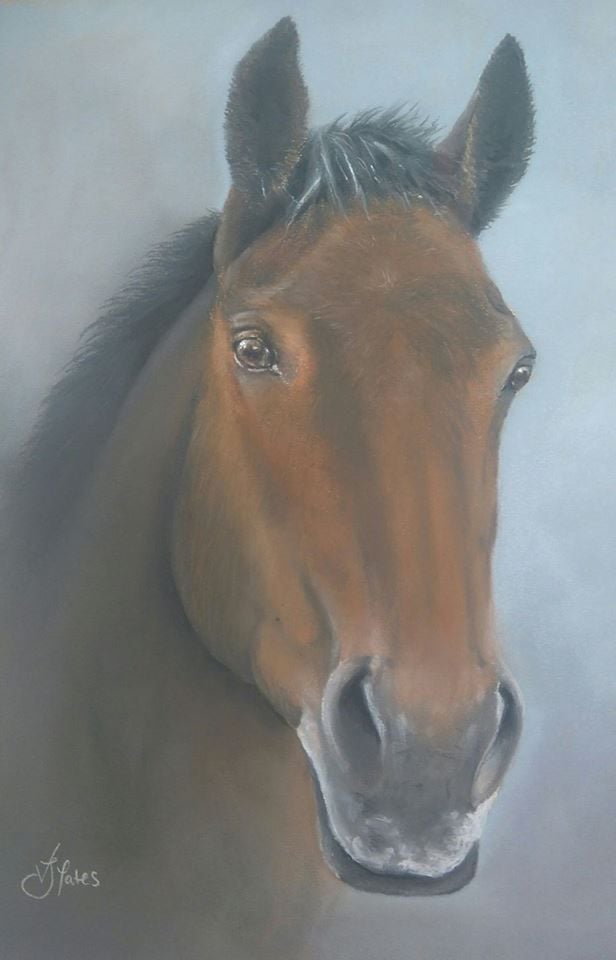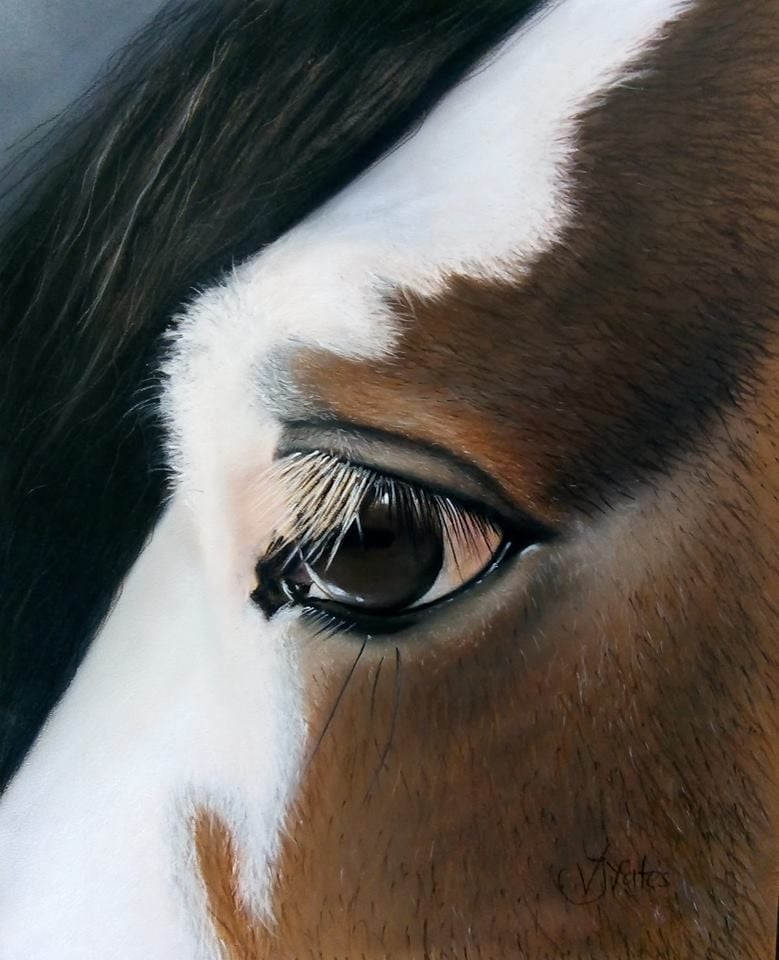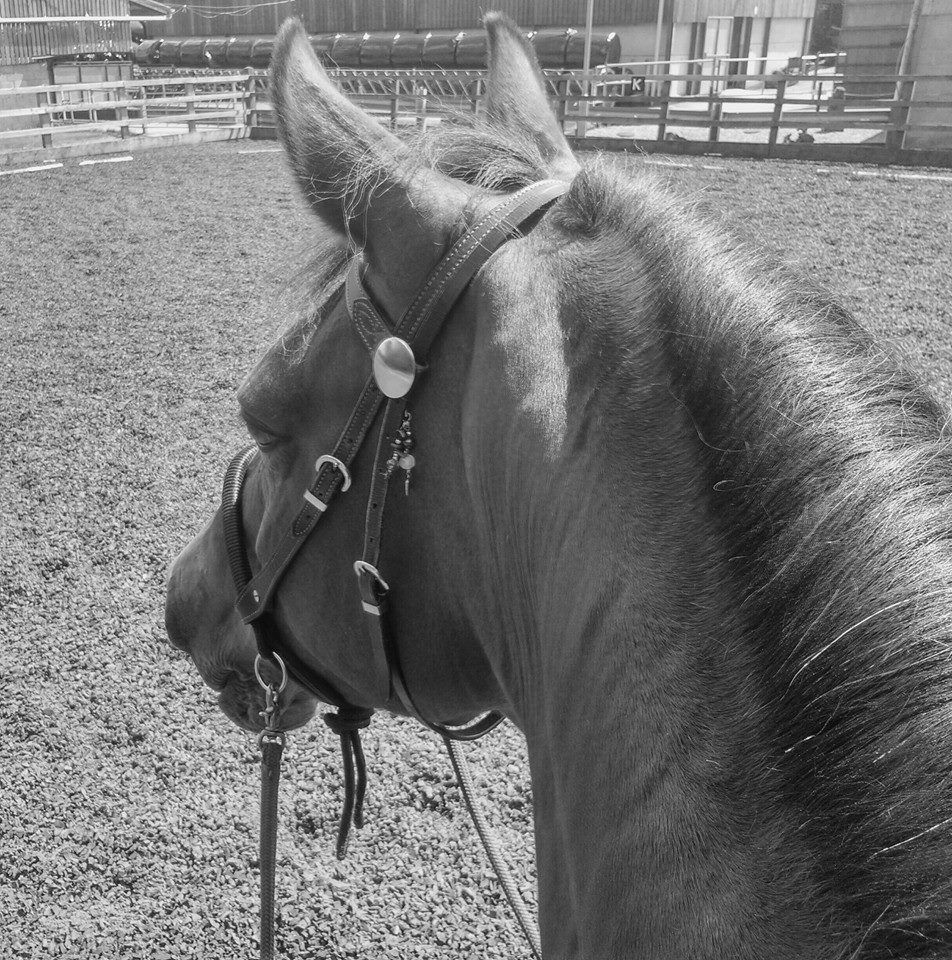The Problem is Not the Problem it is your Attitude to the Problem.
Posted on
Many people who knew my horse Merlot when I first got him would have said he was a problem horse. I rescued him from a very abusive home. My sister even said “It costs no more to keep a good horse than a bad one.” A true statement for sure they cost the same to keep. The implication was to replace Merlot with a better horse. This was the hidden message. In the equine industry difficult and problem horses are often sold on, discarded, put on the scrap heap if they have a problem. Yes Merlot had all sorts of problems, rearing when led, biting, kicking, many ways to remove a rider etc. Traditional methods focus on fixing a problem not your attitude to the problem. Harsh abusive methods had been applied to Merlot by his previous owner to try to work through his problems with the result of the owners failing and wanting to sell him fast and cheap. Try changing your attitude to problem and see how everything changes and a totally different pathway opens up before you. Merlot certainly didn’t like, trust or respect humans so being handled, interacted with and ridden was met with a negative outlook and a range of behaviours most humans would rather not be presented with.
I have a huge pile of examples I could select to explain what I mean the problem is not the problem it is your attitude to the problem. So here I will describe just one of Merlot’s problems to help you see how changing my attitude and thinking changed how I move forward to solve the problem. Merlot was not good to mount. To cover mounting issues in depth is a book. Here I offer some ideas to prompt re-thinking your attitude to the problem and approach.
Firstly I ensured Merlot was healthy and physically comfortable, vet checked and professional saddle fitting, dentals etc.... He was pain free, however I knew he was emotionally unbalanced, so I needed to factor in his emotional reaction into the training. With emotional balance, you can’t convince me horses are not emotional. An emotionally unbalanced horse is at least unhappy, at worst emotionally traumatized and dangerous. This allowance for emotional balance and factoring this as part of the problem for many is a different attitude to the problem. I go beyond this and ask why? I want to fully understand why Merlot says no to being mounted. At the start Merlot would refuse to be mounted, if you did manage to mount, he would shoot forwards or explode. The problem of mounting is not the problem, the problem was a tangle of issues:- fear, anxiety, stress, a memory of pain, confusion, poor past training, negative abusive past experiences. I worked on trust, our partnership bond and being respectful to him. Merlot’s memory of being ridden was un-enjoyable. This was the problem. All I had to do was observe and listen carefully. From this information I changed my position away from mounting to solving the reasons why.
So I invested in the relationship, the five foundation stones. I worked on emotional balance, with activities that were enjoyable, calm, relaxing. To make training effective I needed to recognize what is a meaningful accomplishment from Merlot’s perspective. Tapping into these strong internal motivational forces and using positive reinforcement training encouraged speedy learning. By making our activities positive, fun and enjoyable it motivated Merlot to learn. It helped him to see I would not abuse him, I was different to the previous humans in his life. I listened to understand him. I believe training that focuses on positive interactions leads to lasting positive memories in horses. (Positive reinforcement is marking with a bridge noise the desired behaviour / try followed with a treat). I also had to tip the balance of scales of his negative past with loads of positive experiences. Training was progressive and logical so each new experience was a natural next step. Success is paved with looking for a try, even the smallest try, rewarding and then giving the horse time to absorb the learning. With horses like Merlot with complex histories this requires industrial quantities of patience.
Merlot was a scared and emotionally unbalanced horse with complex issues when I got him, a fear aggressive. Mounting was just one of many places this surfaced. Equine empathy allows you to read and understand fear and emotion. With Merlot I accepted mounting issues would be part and parcel of a much bigger picture. So working on the bigger picture would be the answer to fixing the mounting issue. The mounting problem is not the problem changing my attitude to the problem enabled me to see it in full glorious three dimensional colour to see the problem that needed focus.
I shifted my intent from mounting to helping Merlot not to be fearful, anxious, tense, and to be balanced emotionally. It totally shapes a different approach and frees you from worrying about fixing the expression of the problem. I knew once I solved the route cause, Merlot wouldn’t have a problem with being mounted. Horsemanship is about building a strong relationship and confidence. Merlot was often tense and anxious. He was frightened, emotional, tense and anxious and in this state he could not effectively learn. To teach Merlot to be calm and relaxed, to overcome fear I had to recognize his comfort zone, where he felt safe. Go at the pace he could cope with. I used a graded approach and retreat technique reinforced with targeted rewards. This plus allowing Merlot time to learn and reflect that things are ok. He had to learn there was nothing to fear. In the early days our mounting training never took place at the mounting block or involved mounting. Never consciously did I ever think in terms of how is our mounting training going. I accepted it was part of a much bigger picture. As time passed and our relationship developed I saw huge differences in many areas for Merlot one of which was his mind set on mounting. This was achieved with a combination of working on the relationship, helping Merlot grow in confidence and self-esteem, find security and emotional balance, and to learn horsemanship ground games. It is essential you also consider what is in it for the horse when we ride. I did a lot of work on thinking about how to make being ridden as meaningful, enjoyable, rewarding and fun for Merlot. And to seek his permission to be ridden. Plus I had to be a trusted, respected, calm, confident, consistent, positive, thoughtful partner who communicated sensitively. The horsemanship ground games are only one aspect, they enable control of your horse in any direction backwards, sideways, forwards to pick up selected hooves and to place. Master this and you can position your horse easily at the mounting block. Compliment this with positive reinforcement and the horse will be motivated to present and wait at the mounting block. We need to get all aspects right for our horse to look forward to being ridden and to give us permission. I cannot remember when we fixed our mounting problem, it just disappeared. I do remember however a huge turning point when one day I arrived at the field and Merlot left his herd at full speed to be with me. In his mind being with me was better than grazing and hanging out with his herd, wow. I valued our relationship as the most important aspect. I would never ever compromise this for anything or anyone. This and my refinement of my horsemanship enabled me to have an incredible magical connection with him. I earned this from Merlot, he was a fantastic teacher. It is true when the pupil is ready the teacher will arrive. Merlot taught me so much, this complex, plain little bay horse had layers. Every day he taught me something new. Again I remind you the problem is not the problem it is your attitude to the problem. My attitude was I was open to learning, trying something new, listening and learning from my horse. I also viewed problems as opportunities in works clothing for personal development. I hear you ask - So how did it work out re mounting? Fine, he would happily present at a mounting block, or if directed go in a ditch so I could mount from the bank, or if I climbed on a fence or gate he was happy to come alongside for me to mount. Permissive riding is what matters.


